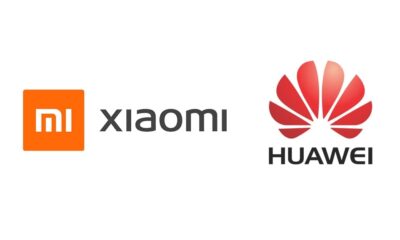Comparison
Which one is better, HarmonyOS 3.0 Super Device or EMUI 12 Device+?
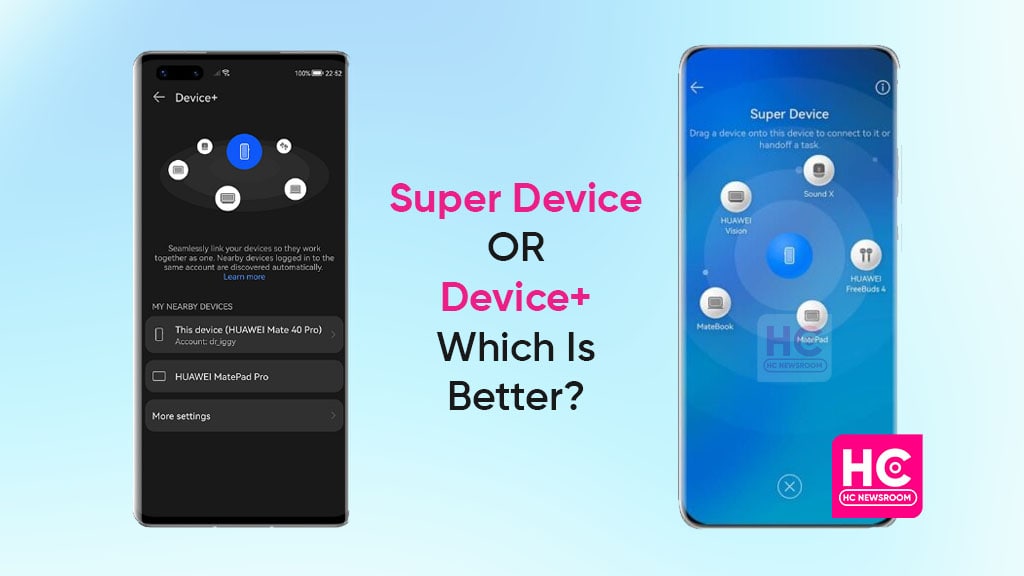
Huawei has always nurtured its users with amazingly good connectivity features. One is the HarmonyOS 3.0 Super Device feature, while the other is EMUI 12 Device+. Today we will discuss, how these features are different from each other, and which one serves best for you.
Interconnection is a demanding service, every user requires a smooth, secure and reliable connection between their devices. As we are moving ahead with technologies, connectivity has started to lacking behind.
Interaction problems among devices have become a common but major issue. But thanks to Huawei, it has taken care of both Chinese as well as global users in this aspect. The company has sheltered its devices with Super Device and Device+ features and managed to offer efficient interconnection services.
So let’s begin our exploration with Super Device and Device+
HarmonyOS 3.0 Super Device
Launched with HarmonyOS 2.0, Super Device is a prominent feature that drives all HarmonyOS gadgets effectively. It allows you to connect and operate other smart devices just by using the smartphone. For instance, with one tap, users can control and manage smart homes, smart vehicles, and other eligible gadgets.
With the latest HarmonyOS version, Huawei has enhanced this feature to more extent. Consequently, various devices can be flexibly combined, interconnected, and coordinate with different Huawei IDs. This gives you instant results in smooth and efficient interactions between your devices.

As mentioned, Huawei introduced this feature with HarmonyOS 2.0. At that time, global users were also expecting to taste this feature on their devices. However, the company soon made it clear that HarmonyOS phone-oriented features will remain exclusive in China.
Though users have the chance to enjoy HarmonyOS eye-catching elements on other devices. Such as tablets, smartwatches, speakers, smart screens, and more. Yet, phone features are still in anticipation.
EMUI 12 Device+
To benefit global users with efficient interconnection, Huawei unveiled EMUI 12 with the Device+ feature. Just like Super Device, the respective feature allows you to collaborate with numerous devices.
It makes your tablet or smartphone a hub for nearby Huawei gadgets. As a result, you can easily manage your every handset with a single device. Despite Huawei has tried to provide all its users with equal benefits, here are some dissimilarities that will hype your urge for HarmonyOS 3.0 system.
Dissimilarities between Super Device and Device+
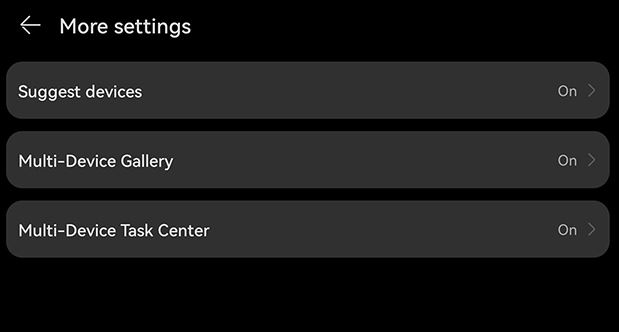
1. Multi-Device Task Center
Although both features exhibit some fascinating services for consumers. Yet, only Super Device features can operate several tasks between your different devices. In Super Device settings, users can enable a Multi-Device Task Center that allows switching tasks between devices logged into the same Huawei ID.
2. Nearby Devices Map
Yes, you will find a map of nearby devices when enabling the Super Device feature in contrast to Device+. It allows you to connect with supported devices on the map with just a drag-and-drop gesture.
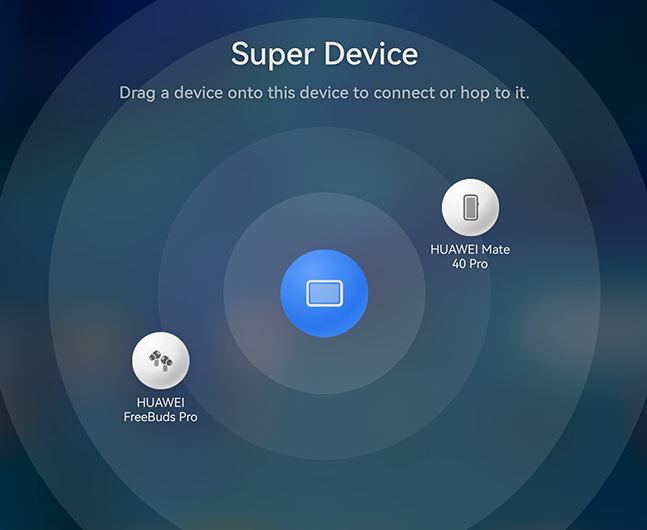
Apart from these features, the rest of the things are similar. To summarize, we can say that Super Device and Device+ both play a significant role in providing an immersive user experience. However, I think Huawei has paid a little more attention to HarmonyOS 3.0 with some additional features than EMUI 12.
Meanwhile, EMUI still has equal part of Android inside rather than being a HarmonyOS based software.
Comparison
Samsung Galaxy S23 Ultra vs Huawei Mate 50 Pro: Camera
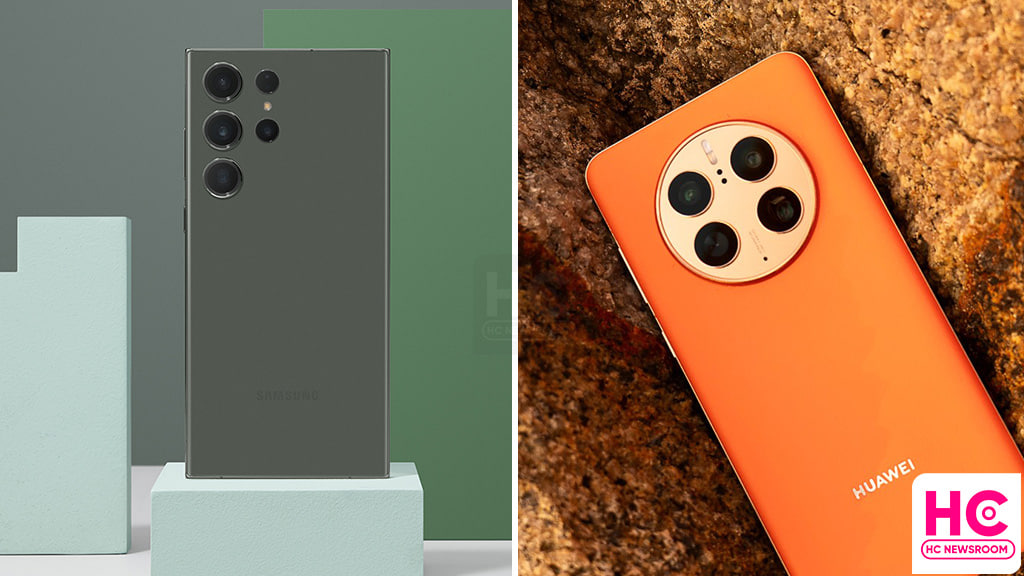
Samsung launched its new Galaxy S23 Ultra, the ultra variant from the S23 lineup, as its name says, the phone is the mightiest in terms of camera numbers and it’s time that we compare this flagship with Huawei Mate 50 Pro in terms of numbers and capability.
Samsung Galaxy S23 Ultra comes with an HP2 sensor inside a 200-megapixel camera with f/1.7 aperture, the number claims high quality with extra light intake. There are various clips to demonstrate Night/low light photography with a small aperture.
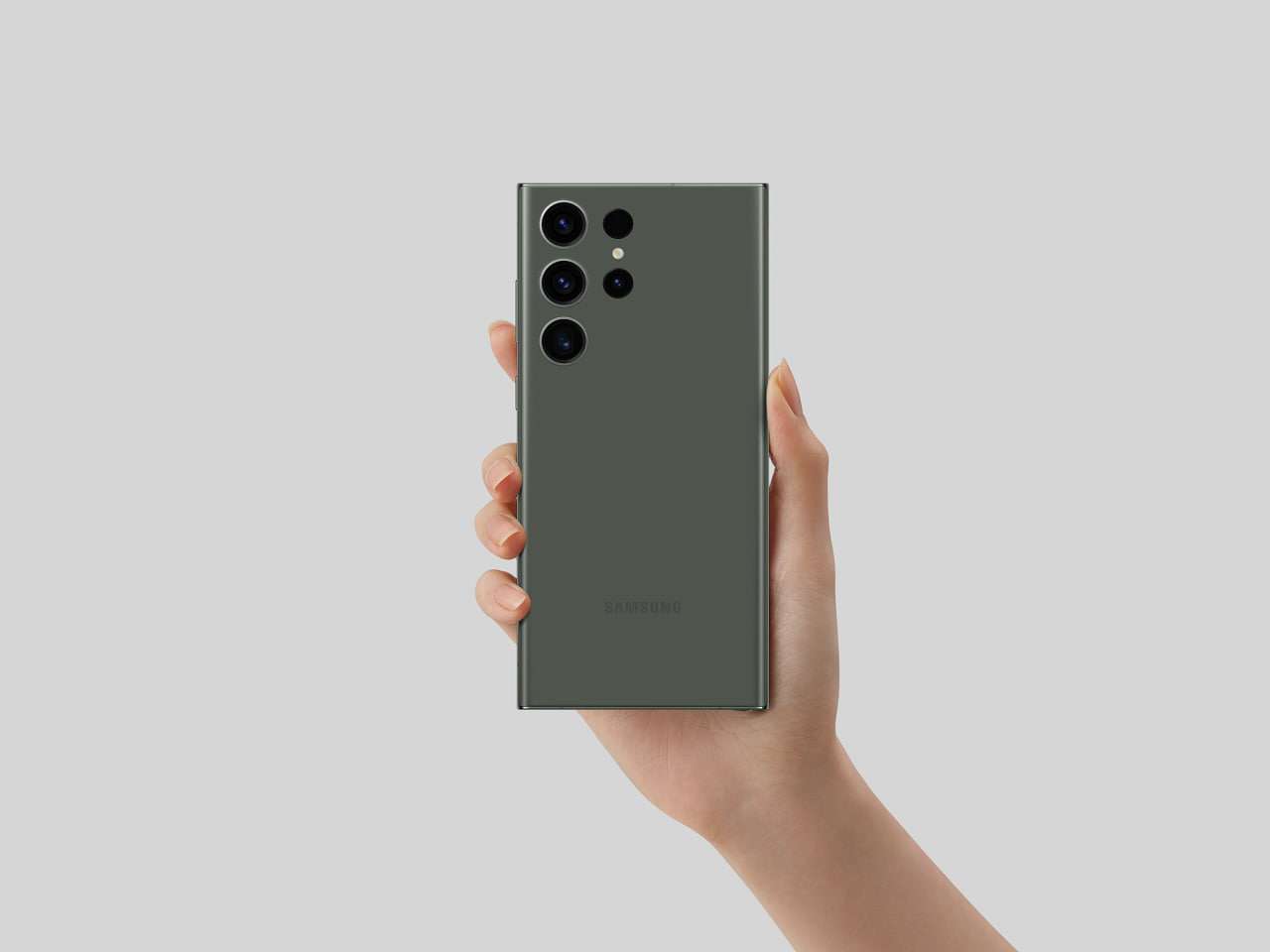
Let’s see Huawei Mate 50 Pro, aside from that 200-megapixel camera, Samsung S23 Ultra doesn’t stand a chance against Huawei Mate 50 Pro’s ultra aperture camera system. Why? Because Huawei is a customized version of the SONY IMX sensor, specially designed for the Mate 50 Pro smartphone.
Although, Mate 50 Pro is not an Ultra model but it comes with an ultra-large f/1.4 aperture that boasts 24% more light with the RYYB color system.
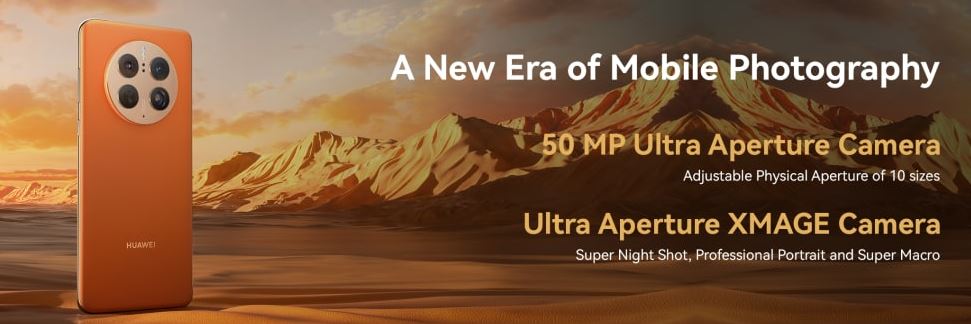
The camera of Mate 50 Pro also provides powerful bokeh shots that really blur the background and highlight the subject with its powerful aperture prowess.
Samsung Galaxy S23 Ultra comes with AI-powered image processing APIs and it could make use of that 200 MP camera system but Huawei Mate 50 Pro could perform image refining tasks even better with its new imaging system called XMAGE.
XMAGE fine-tunes colors and textures, creates vivid contrast, and highlights bright and dark areas to create a first-in-hand impression.
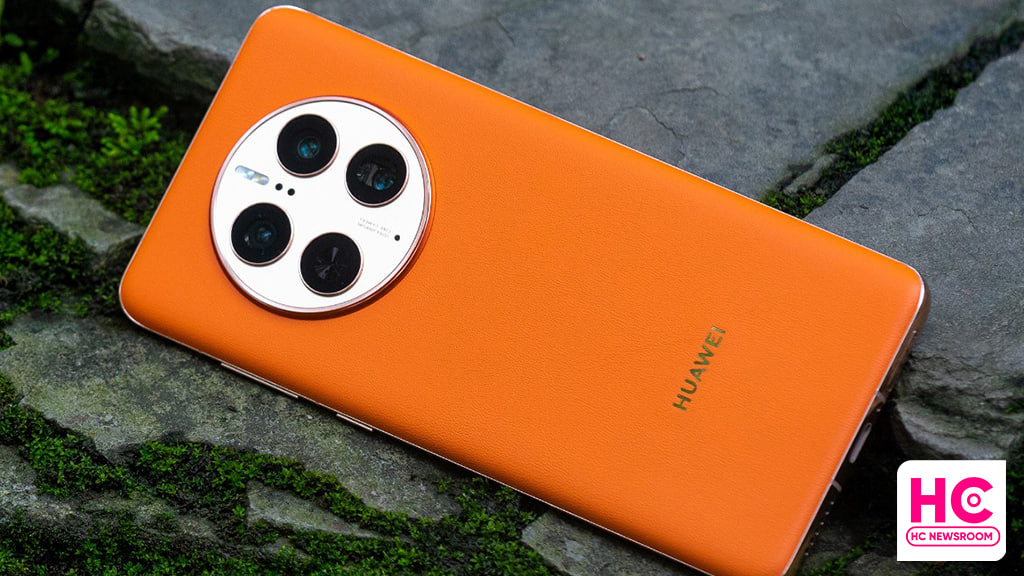
Samsung Galaxy S23 Ultra doesn’t promote the capability to shoot macro but Mate 50 Pro won’t disappoint you, because it has the world’s most powerful macro photography and now a video section that will lead you to the closest to the smallest object in your sight.
Next comes the Ultra wide-angle camera, which counts at 12MP on Galaxy S23 Ultra with f/2.2 aperture and 120-degree field of view. On the other hand, Huawei uses a high-quality 13MP ultra-wide lens to cover all of the group in one picture with identical aperture and FOV.
Samsung Galaxy S23 Ultra has dual telephoto cameras, one is a 10MP optical and another is a 10MP periscope. According to the information, these lenses switch automatically.
The periscope camera has a maximum of 10X optical zoom with f/4.9 aperture. On the other hand, Huawei Mate 50 Pro comes with a 64MP Periscope camera that has an f/3.5 aperture camera that could reach a long-long 10X while maintaining the photo quality.

Comparison
Samsung One UI vs Huawei EMUI: Eye Comfort feature
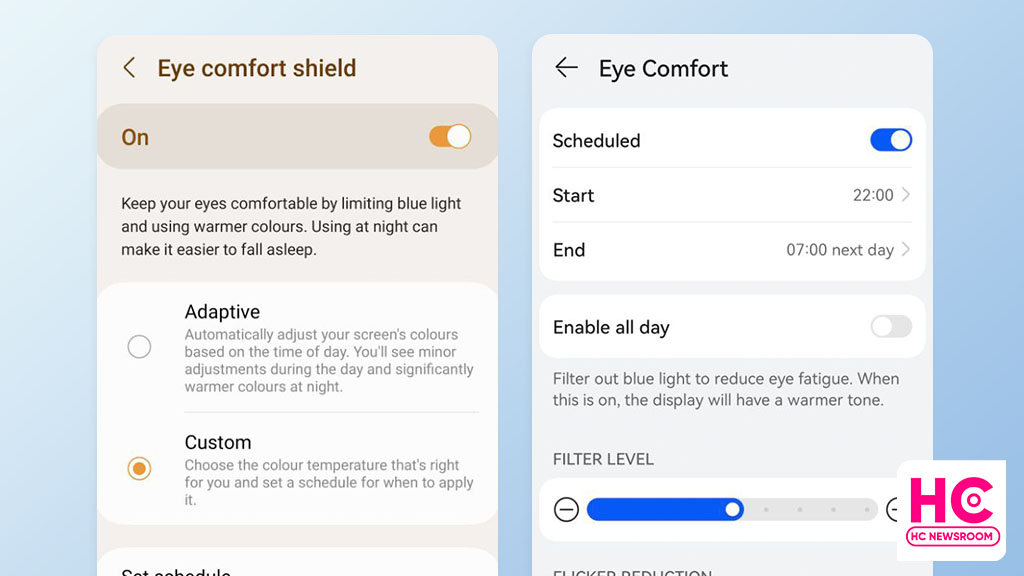
Nowadays, we’re close to our smartphones than ever and this close partnership could bring some eye fatigue powered by Blue light. However, there’s a feature called Eye comfort that is pre-blended on Huawei EMUI to save your eyes, adding to this, we’ll also compare it with the Samsung One UI counterpart.
Although, smartphone makers are enhancing the display panel for the best quality possible but blue light emissions cannot be stopped.
Digital Eyestrain:
Using devices up close or for long periods can lead to digital eyestrain. Research has shown that when people use computers, laptops, and other digital devices, they tend to blink less often than normal. Fewer blinks can mean less moisture. Digital eyestrain means different things to different people but is generally related to the focusing system of the eyes.
Eye comfort:
A blue light filter decreases the amount of blue light displayed on the screen of the device, which can suppress the production of the sleep-inducing hormone, so filtering it out can help you sleep better. It will also help you to reduce digital eye strain.
Coming to the comparison, both Huawei EMUI and Samsung One UI come with eye comfort features and it’s time that we look into the aspects.
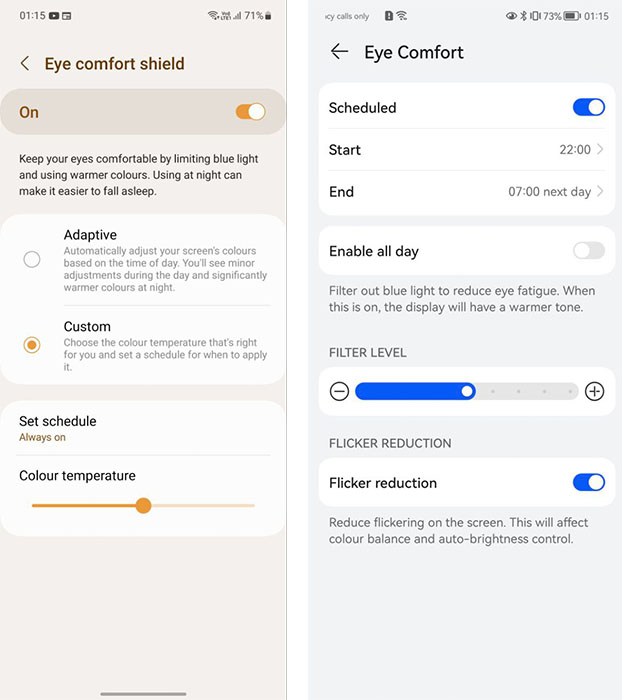
Eye Schedule:
The Eye schedule feature allows you to enable/disable eye comfort with start and end time.
All Day:
Once enabled, the feature overlaps the screen for the entire time until you turn it off manually.
Level:
A slider is available on both software that filters out blue light to reduce eye fatigue, you can slide it left or right to increase/reduce the filter strength.
Flicker reduction:
Only Huawei EMUI comes with a flicker reduction feature, and as the name reflects, the option helps you to reduce flickering on the screen. This will affect color balance and auto-brightness control.
Comparison
Samsung One UI 5 quick settings needs improvements similar to EMUI 12
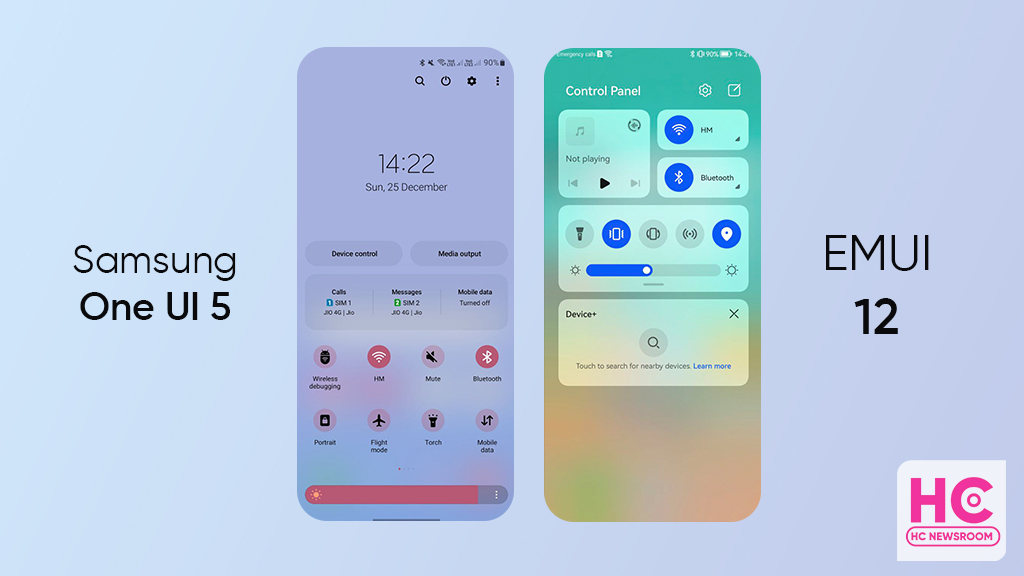
Samsung One UI 5 is the latest mobile software based on Android 13 but the software is making slow progress for a better user experience as compared to Huawei EMUI 12.
One UI 5 is one of the most low-approved software and it lacks innovation as well as smoothness. Don’t take my word for it, if you have a Samsung phone, you may like it ‘a bit’ but if you have a Huawei phone or even an iPhone then, you may want Samsung to kick in some new efforts.
Currently, Samsung is busy sending One UI 5 software to old devices. As compared to One UI 4.1, Samsung has made some changes in the user interface and a few in the features section. However, these changes are teeny tiny on the surface.
For instance, Samsung One UI 5 quick settings are similar to One UI 4.1. There is a small change that is powered by Android 13’s Material You design and the rest of the UI and functionality remain the same.
To access One UI 5 quick settings, you can swipe down from the top and swipe again to open the full panel. On the top tray, you will get key features of search, power, and settings, as well as edit.
Followed by a large space for time and date and followed by device control and media output manager. The bottom section includes SIM manager options, quick access icons, and a brightness slider. These are the same old features that were available in One UI 4.1.
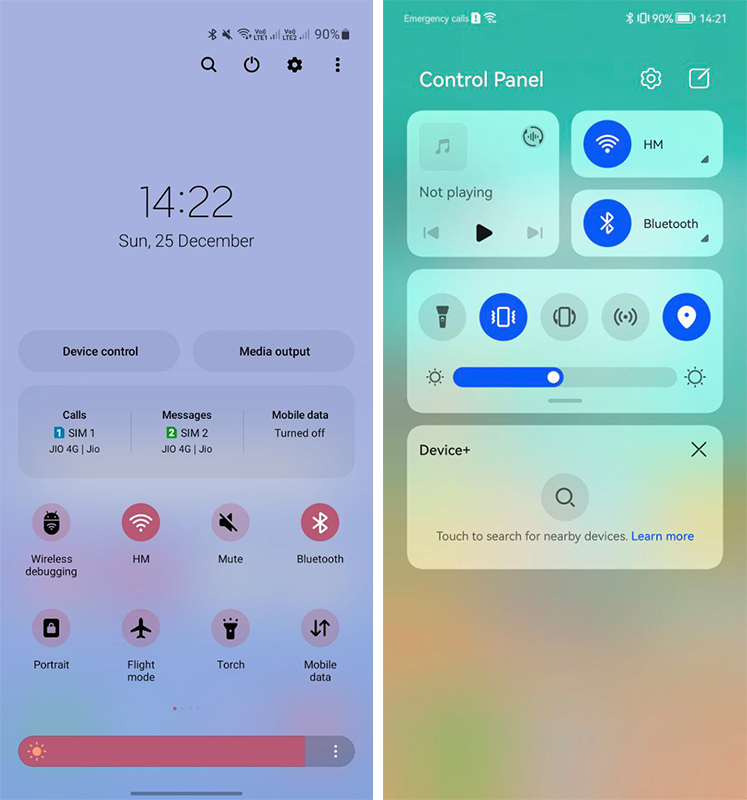
On the other hand, EMUI 12 renovated the user experience for Huawei smartphone users. The Control Panel (quick settings) combines a number of new features and services that weren’t there before.
The control panel brings simplicity at hand. Starting from the top section, the phone could use it to control WiFi, Bluetooth connected device way better than One UI 5. There’s a media controller that will allow you to manage playback
Do you think that’s the end of the story? Nope, because Huawei EMUI 12 quick settings enable audio projection to broadcast music on different devices all at once.
The EMUI 12 control panel has quick settings icon section, which has big dials than Samsung One UI 5. Talking about creativity, EMUI 12 further outshines One UI 5 with its Super Device and Smart Device controllers.
Samsung is free to brag about smartphone sales in the global market but when it comes to features and user experience, One UI 5 is still far away.
What do you think, Samsung One UI 5 has better quick settings or EMUI 12? Let us know via the tweet below.
Samsung One UI 5 Quick Settings (COMMENT) vs Huawei EMUI 12 Control Panel (LIKE) pic.twitter.com/qhtPI43U67
— HC Newsroom (@HCNewsroom) December 25, 2022



